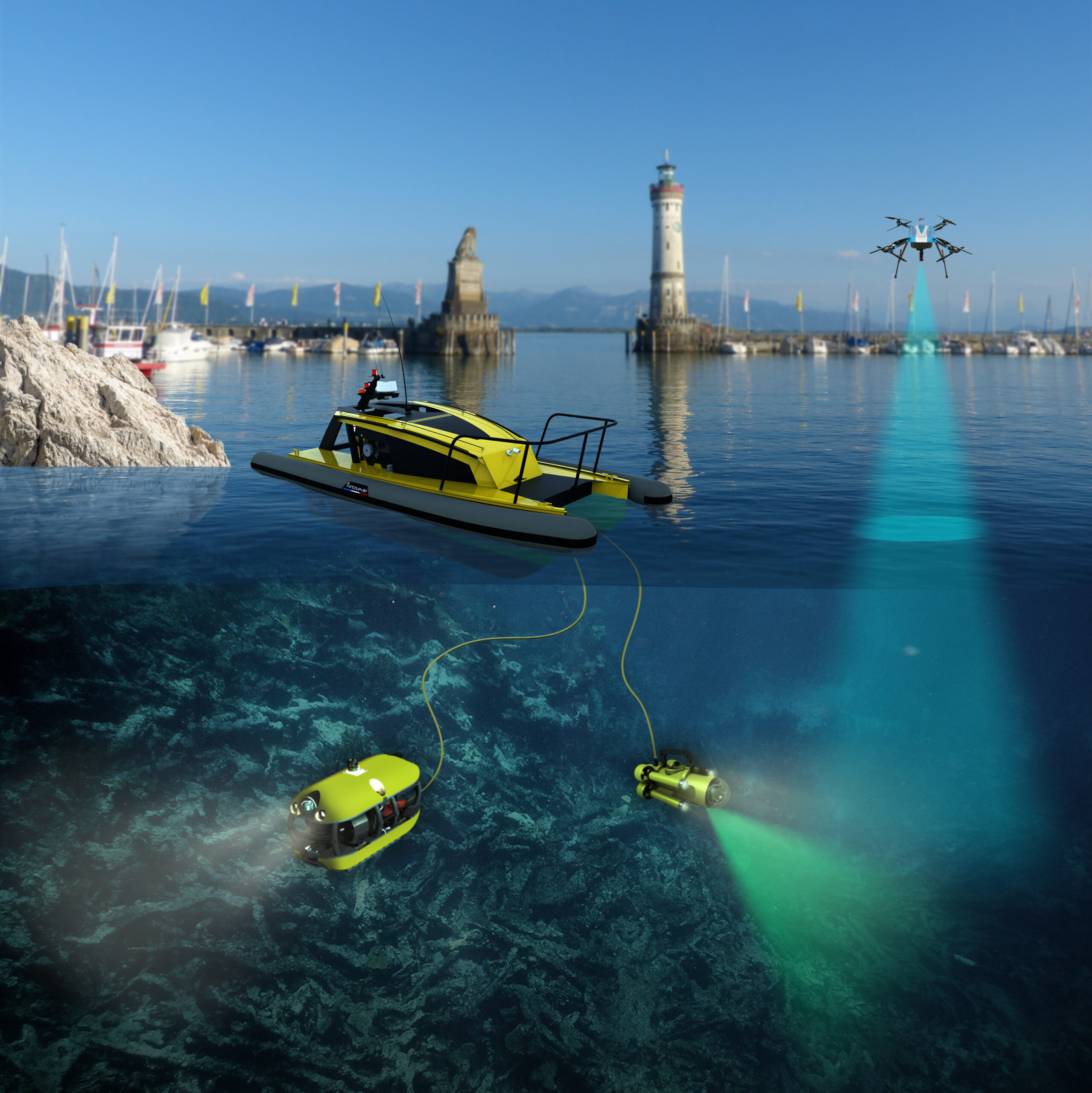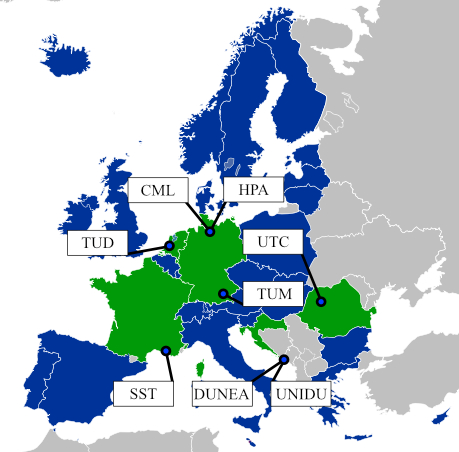Goal of the project
There are about 26 to 66 million tons of trash in the oceans. More than 80% of this is on the seabed. To date, underwater waste has been collected by divers, and the effort and costs involved are enormous. Autonomous processes have hardly existed up to now. In SeaClear, the project partners are developing a robotic solution that autonomously detects 80% of underwater waste, classifies it and collects 90% of it.
Subject of the project
Cooperation partners
A research team of eight partners from Germany, the Netherlands, Croatia, France and Romania:


